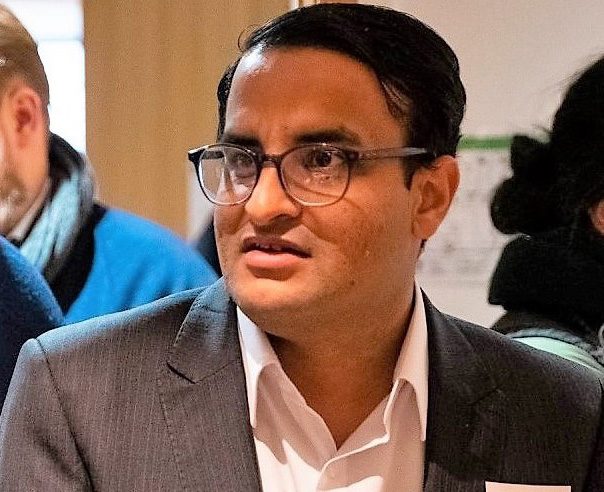Getting back to basics, utilising the power of local and doing your homework are key benchmarks to success in RAS.
When I wrote the opinion pieces in July and August, Is the salmon industry too big to fail? and The best lessons I’ve learned from a failed land-based salmon farm project, I did not expect that these would have gone on to create so many thought-provoking discussions. During these conversations, I found many new perspectives, some of which I believe should be shared with the readers here.
Image problem
Despite being one of the best ways to produce sustainable food for the population at large scale, aquaculture does have an image problem. If you take a negative video on YouTube about aquaculture, you will see that the viewership is in its millions whereas the pro aquaculture videos are only in their thousands. That should give us an indication that we have a lot more to do when it comes to improving the image of the industry.

Future scenario
If mass mortality of fish happens at a land-based facility, the media and the public will not forgive the land-based fish farming Industry, tech which is in its infancy stage. The treatment of the sludge and wastewater eventually released into public waters is a matter of public interest and greater cooperation is required to satisfy all stakeholders. This will not just affect land-based fish farming projects but also all ways of doing aquaculture e.g. cages, ponds, offshore etc.
Local Five Concept
After many thought-provoking sessions, there is something I will like to present which I call Five Local Concept. Briefly, this is how I see it:

Local fish species
When you think about establishing a RAS farm, think of using the local species to that region. Some farmed fish species are not getting the right attention. For example, trout could be a nice candidate for North America. The farming cycle for trout is shorter compared to salmon. That species is happy with fresh water and can handle higher water temperature than their pink cousins.
Local water conditions
Think of local water temperature, salinity and other water parameters. It is very important to avoid extra costs incurred by warming or cooling the water. Therefore, attention should be paid to avoid these costs and focus on the species which are more suitable for local water conditions.

Local fish feed ingredients
Fish feed comprises 50-60 per-cent towards the cost of producing farmed fish nowadays. Think of which the ingredients are available in the region. For example, fish meal derived from fisheries by-products makes perfect sense for use in salmon diets in Norway.
Local market conditions
After producing the fish, you have to have a market for the fish to be sold locally. This is where branding and marketing plays a key role. Fish is now competing with alternate meat products. Educating the consumer and coming up with new value-added products are the key to success. It is hard to beat Atlantic salmon when it comes to consumer behaviour but still, we should work to promote more Salmonidae family as a sustainable farmed seafood option compared to upcoming alternate meat products.
Local laws and regulations
Awareness of local laws and regulations are important as you may don’t want to get into trouble with the authorities.
Size matters
And of course size matters, not just the big but also small. The smaller your farm is, easier it will be for you to manage.
These are my personal views and I wish more and more people come with new ideas and ways of thinking so that together we can bring aquaculture to the next level.


